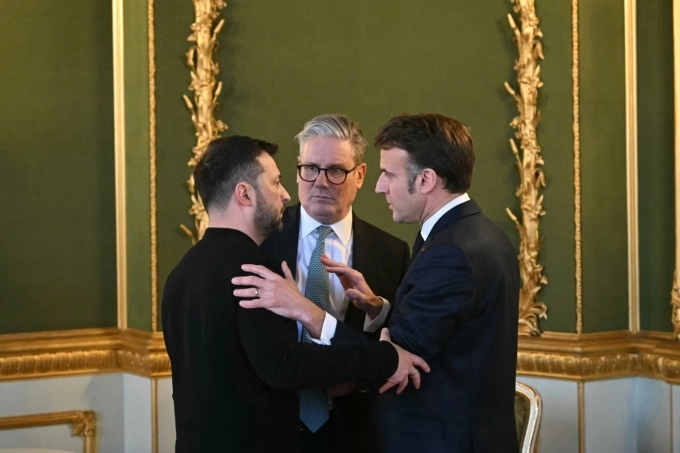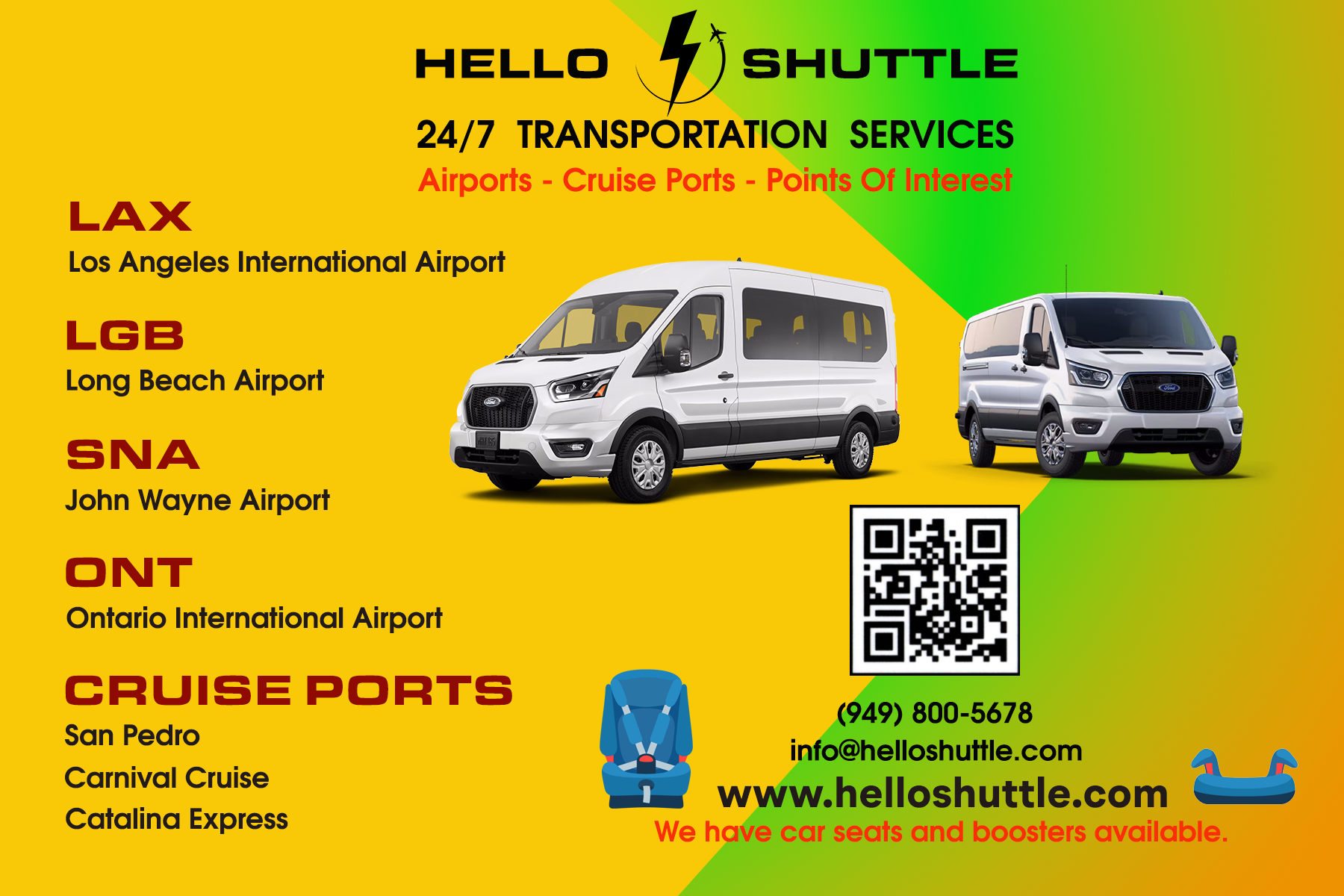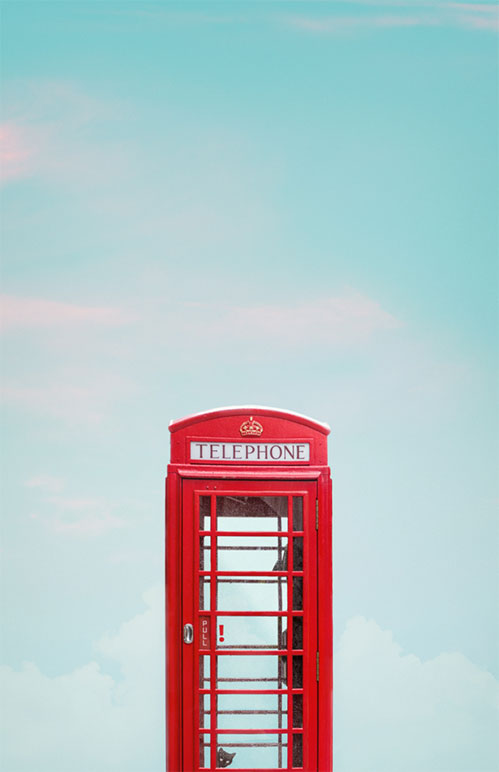
How Europe Eased Ukraine-U.S. Tensions
After the heated Oval Office clash between Trump and Zelensky, European leaders urged Ukraine’s president to apologize and swiftly mend ties with the U.S.
Just hours after his tense exchange with President Donald Trump at the White House late last month, Ukrainian President Volodymyr Zelensky flew to London, where he was warmly welcomed by British crowds. Prime Minister Keir Starmer embraced Zelensky, but behind closed doors at 10 Downing Street, the message was clear: It was time to smooth things over with Trump.
According to officials familiar with the conversation, Starmer advised Zelensky to refocus his efforts on aligning Trump against Moscow, rather than against Kyiv.
"We told him to focus on that," a British official said.
At the heart of the Trump-Zelensky rift was a fundamental trust issue. Ukraine insisted that a ceasefire with Russia could only happen with Western security guarantees, to prevent Moscow from regrouping and launching another offensive.
But for Trump’s White House, the priority was different—securing a deal on Ukraine’s mineral resources, which would signal U.S. strategic interests in the country. Washington argued that Russia wouldn’t violate an agreement that also benefited the U.S.
Europe’s Urgent Mediation
European allies quickly realized that a fractured Ukraine-U.S. relationship posed a major risk. Starmer and French President Emmanuel Macron spent weeks engaging Trump, persuading him not to let Russia dominate the ceasefire talks.
But the explosive White House confrontation had derailed those efforts. Europe needed to push Ukraine to repair the damage, marking a shift in strategy—allowing Kyiv to take more ownership of its future.
At a London gathering of officials from 18 countries, European leaders made it clear to Zelensky that Ukraine’s bargaining position had weakened and that Kyiv risked losing U.S. support if he became Washington’s "Public Enemy No. 1."
The Apology Strategy
After discussions with Starmer and Macron, a compromise plan emerged:
-
Ukraine would agree to a 30-day ceasefire without immediate security guarantees.
-
Confidence-building steps would be taken to lay the groundwork for a lasting ceasefire and eventual peace talks.
British and French officials advised Zelensky to apologize to Trump—and how to do it effectively.
But before relations could improve, things got worse. On March 4, the U.S. froze military aid and intelligence-sharing with Ukraine.
Following European advice, Zelensky issued a public apology just before Trump’s address to Congress, acknowledging that the Oval Office meeting had not gone as planned.
"It is unfortunate that things unfolded this way," he wrote on X (formerly Twitter)—a phrase carefully crafted to reflect British-style diplomacy.
Privately, he also sent Trump a letter of apology. U.S. officials confirmed that Zelensky expressed regret for the White House clash, and Trump acknowledged the letter in his speech.
"That was an important step," said Steve Witkoff, Trump’s special envoy, adding that the U.S., Ukraine, and European allies had spent weeks working through the fallout.
Behind-the-Scenes Negotiations
The next challenge was convincing Washington to lift its freeze on military aid.
Before a crucial U.S.-Ukraine meeting in Saudi Arabia on March 11, Starmer sent British National Security Adviser Jonathan Powell to Kyiv for last-minute talks. Powell, a key architect of the Northern Ireland peace process, met Zelensky’s chief of staff, Andriy Yermak, in a windowless room, where they drafted a compromise ceasefire proposal:
-
A total ceasefire covering air, land, and sea operations for 30 days.
-
Confidence-building measures, including prisoner exchanges and the return of Ukrainian children taken to Russia.
At the eight-hour Saudi meeting, U.S. and Ukrainian delegations agreed on a joint statement:
-
Kyiv accepted the 30-day ceasefire proposal.
-
In return, Washington immediately restored military aid and intelligence-sharing.
"The world will now see whether Russia truly wants peace," Yermak said afterward.
Russia’s Response & Renewed European Pressure
Moscow responded cautiously. Putin stated that Russia was open to peace but laid out a series of conditions that experts believe could delay talks indefinitely or make a ceasefire unworkable.
Both the U.S. and European leaders expressed frustration at Moscow’s stance.
While Trump considered a direct meeting or call with Putin, European leaders convened a virtual summit on March 15, led by Starmer, to discuss security guarantees for Ukraine.
Macron bluntly accused Moscow of stalling.
"Russia does not seem genuinely interested in peace," he declared. "They want to take everything before negotiating. We must apply clear pressure alongside the U.S. to secure this ceasefire."
(Sources: WSJ, AFP, Reuters)
Hello Shuttle will strive to bring the latest updates. At the end of the day.
Are you looking for reliable airport and cruise port transfer services in Los Angeles?
We offer professional, safe, and punctual transportation from
Los Angeles Airport - LAX
Long Beach Airport - LGB
John Wayne Airport - SNA
San Pedro cruise port
Long Beach cruise port
Disneyland
and other destinations.
Let us make your journey stress-free and comfortable with our dedicated drivers and high-quality vehicles. Book now for the perfect travel experience at www.helloshuttle.com or call 944-800-5678!


